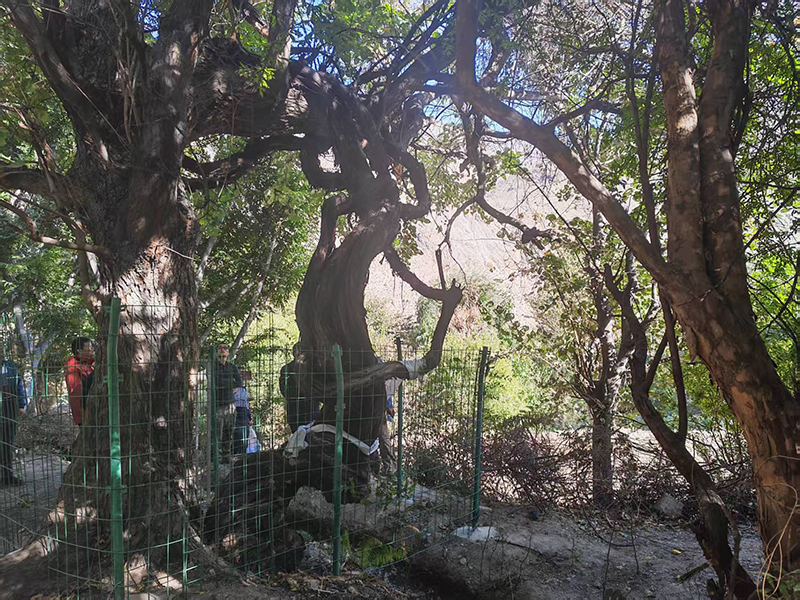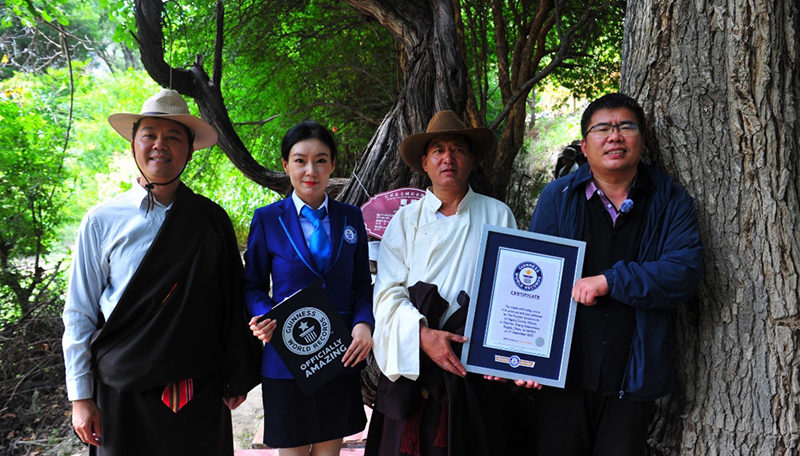416-year-old grape vine found in Tibet is oldest in the world with incredible history

Deep in the mountains of eastern Tibet, in Zuoba Village of Rojin Township, Zogang County, stands an ancient vine that has weathered four centuries of wind and frost.
Its roots grip the rocky soil of the plateau, and its branches are entwined with the very rings of time.
On 21 September, this silent witness of history was officially certified by Guinness World Records as the oldest wild living vine – now 416 years old.

The vine rises about eight metres high, with a ground girth of 209 centimetres and a trunk diameter of 67 centimetres.
It was first discovered during the third survey of ancient and notable trees in Changdu city. Later, scientists from the Wood Science Research Laboratory at Southwest Forestry University in China confirmed its age through ring analysis and physical measurements.
For context, the oldest vine ever recorded is the The Old Vine, in Maribor, Slovenia, which was between 350 and 400 years of age when studied in 1972 (it was impossible to establish a more precise age because the central plinth was rotten).

According to Dr Wang Haibo, Deputy Director of the Institute of Fruit Trees at the Chinese Academy of Agricultural Sciences, finding a wild grapevine over four centuries old at an altitude of 2,400 metres is a testament to nature’s patience and life’s resilience. This is more than a world record – it is a living archive of time itself.
Most cultivated vines rarely live beyond 50 years, and those that survive a century are exceptional. Yet in Zogang County, 64 ancient vines over a hundred years old still thrive today.
The region’s winemaking tradition stretches back more than a millennium, even finding mention in the book of The Epic of King Gesar. In 2004, Zogang was named “The Hometown of China’s Wild Red Grapes,” and 20 years later, its name appeared once again in Guinness World Records.
Read more about our Earth – and those who study it – in our Science and Technology section!

Scientists say that the rings of a grapevine not only record time, but also trace the pulse of climate – the cold and warmth, the dry and the wet. Each line is a whisper of the plateau’s shifting breath. And perhaps, somewhere beyond these mist-covered valleys, even older vines still sleep in the earth, waiting quietly to be found.


